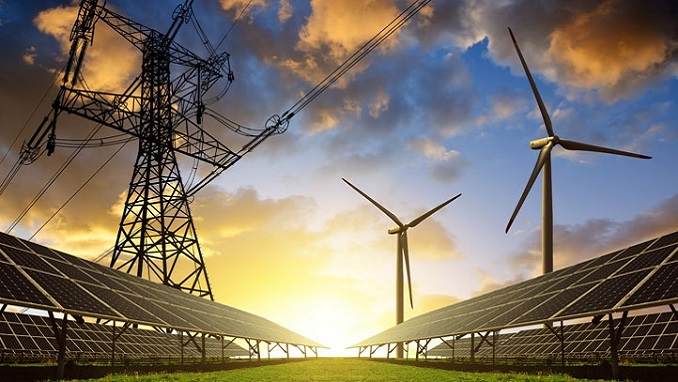Wind energy is easier to scale and install without changing land-use patterns, and the same time, more efficient turbines will help to collect more energy.
The wind turbines of the future will be taller, more powerful, and more efficient, renewable energy technology experts say. Such changes should occur as early as the middle of the next decade, according to a press release from the National Renewable Energy Laboratory (NREL), the Department of Energy’s primary laboratory for research on renewable energy and efficiency.
Countries around the world are seeking to use renewable energy sources to reduce their dependence on fossil fuels and the accompanying carbon emissions. According to the International Energy Agency (IEA) report, renewable energy installations will reach 290 gigawatts in 2021, with solar power accounting for the bulk of the increase, followed closely by wind power.
However, scaling up solar farms can be quite challenging as they require large areas. In contrast, wind turbines can be built without drastic land-use change and can also be installed offshore. To overcome the difficulties of underwater construction, wind turbines can now be installed on floating platforms.
Electricity generated by wind is one of the cheapest sources of energy today and is sold with a guarantee of maintaining the price policy in the long term. Although wind turbines are enormous and turbines can become a problem for waste disposal at the end of their service life, there are many examples of turbine blades being reused. At the same time, manufacturers hope to establish the production of blades that are completely recyclable within the next ten years.
Researchers from NREL collected the opinions of 140 experts in the field to determine their expectations for wind turbine designs by 2035.
Today, we have seen turbine manufacturers targeting 15 MW of power generation with blades measuring around 115 meters. In a paper titled “Expert Perspectives on Future Wind Turbines,” the researchers point out that turbines will get much taller in the next decade, with correspondingly larger rotor diameters, ultimately capturing more energy.
According to previously published studies, wind turbine hub heights will reach 377 feet (115 m) by 2030. Experts have revised those estimates upward to 426 feet (130 m) by 2035, and even 495 feet (151 m) for offshore installations.
Experts believe that the size of turbines and the size of wind turbines will also increase to 1,100 MW for fixed installations and up to 600 MW for floating platforms. For comparison: the nominal capacity of the world’s largest floating offshore structure in Scotland is 50 MW.

